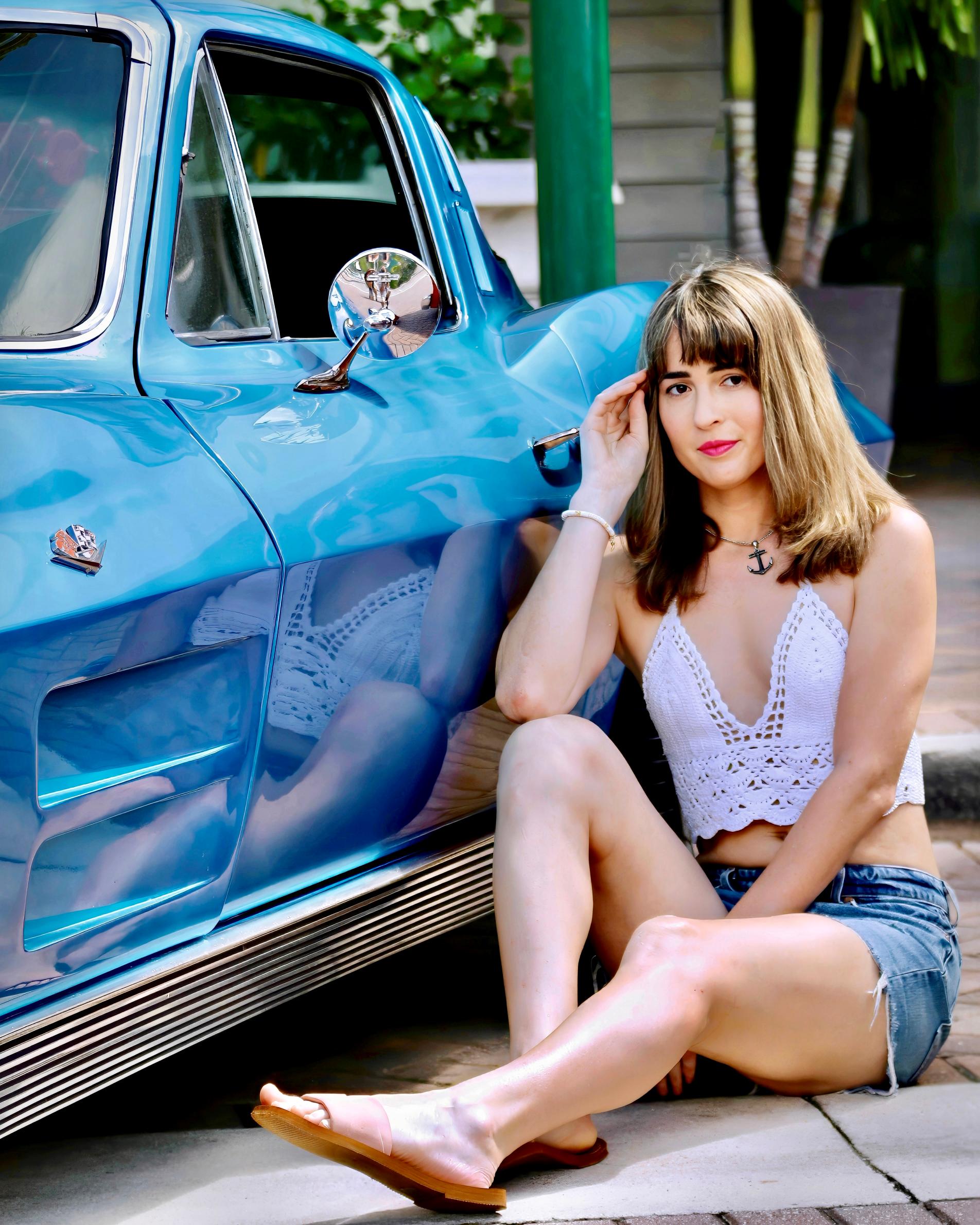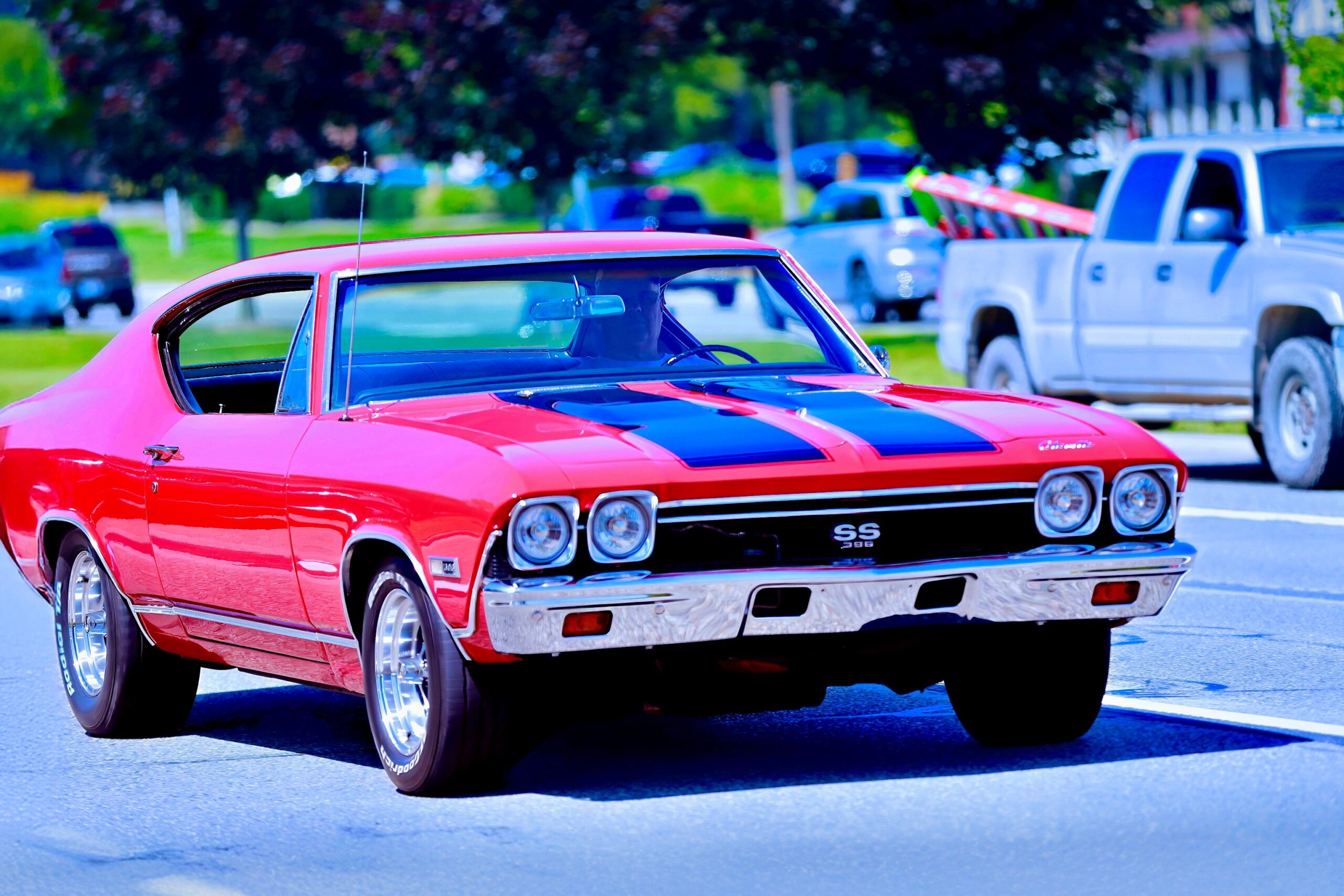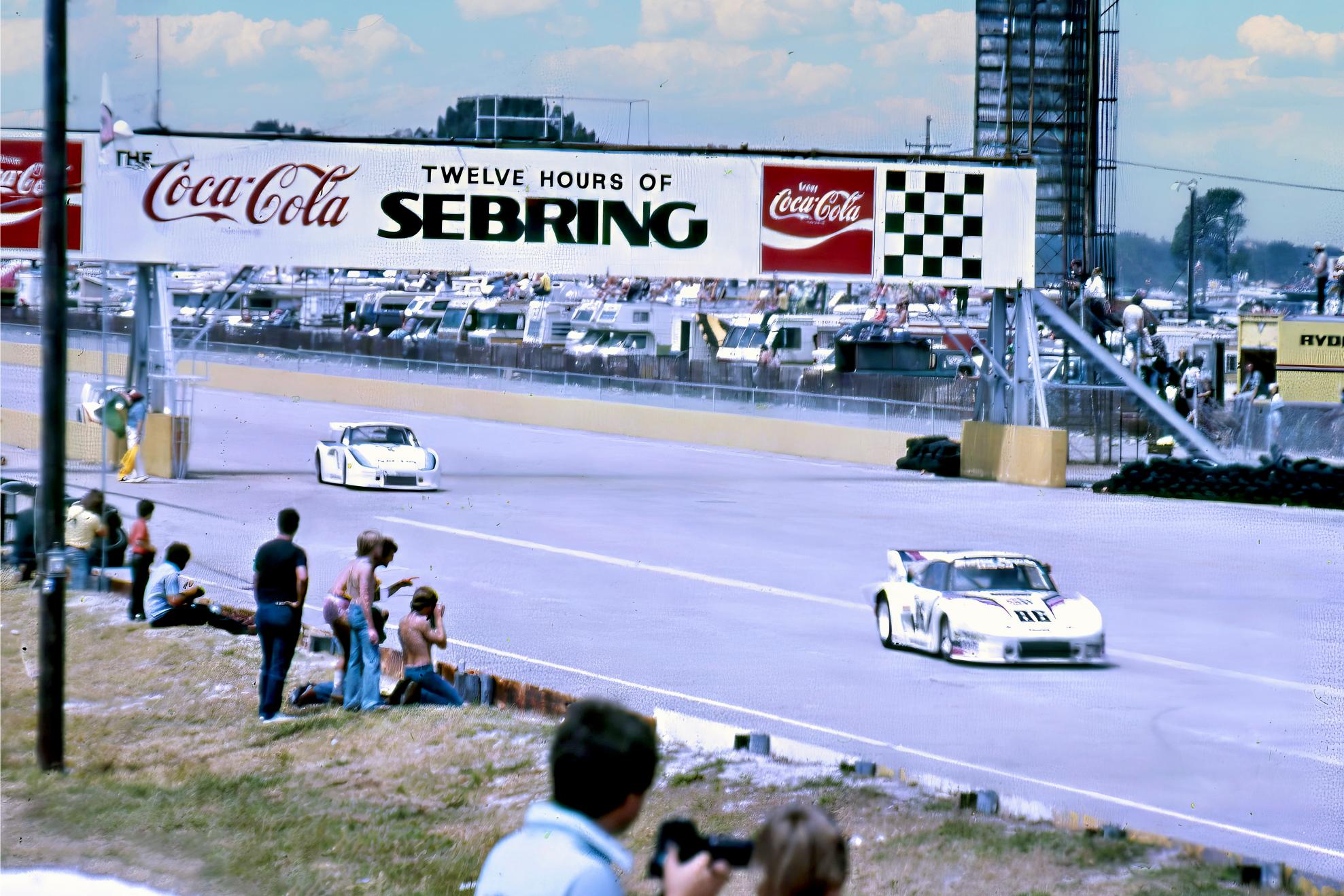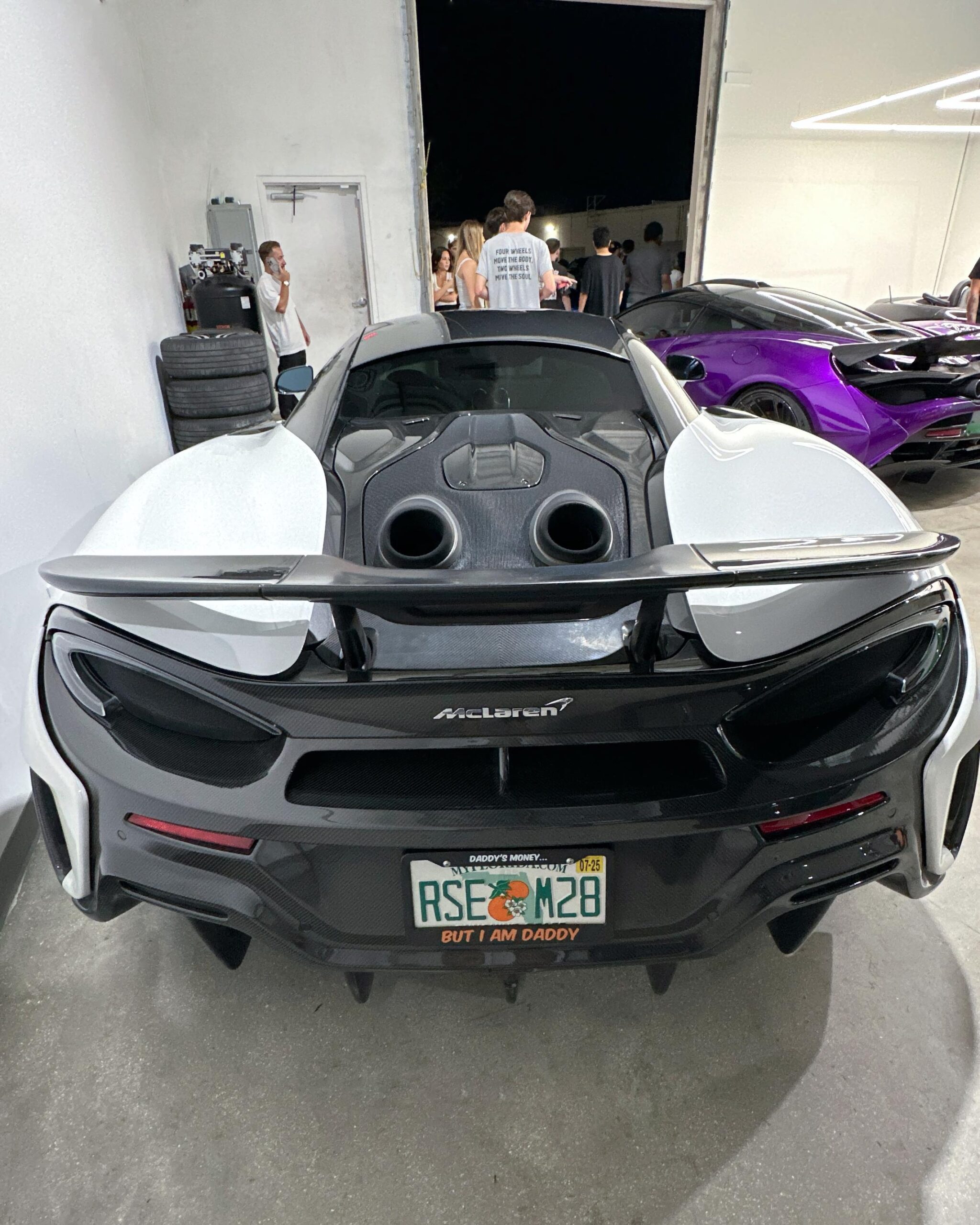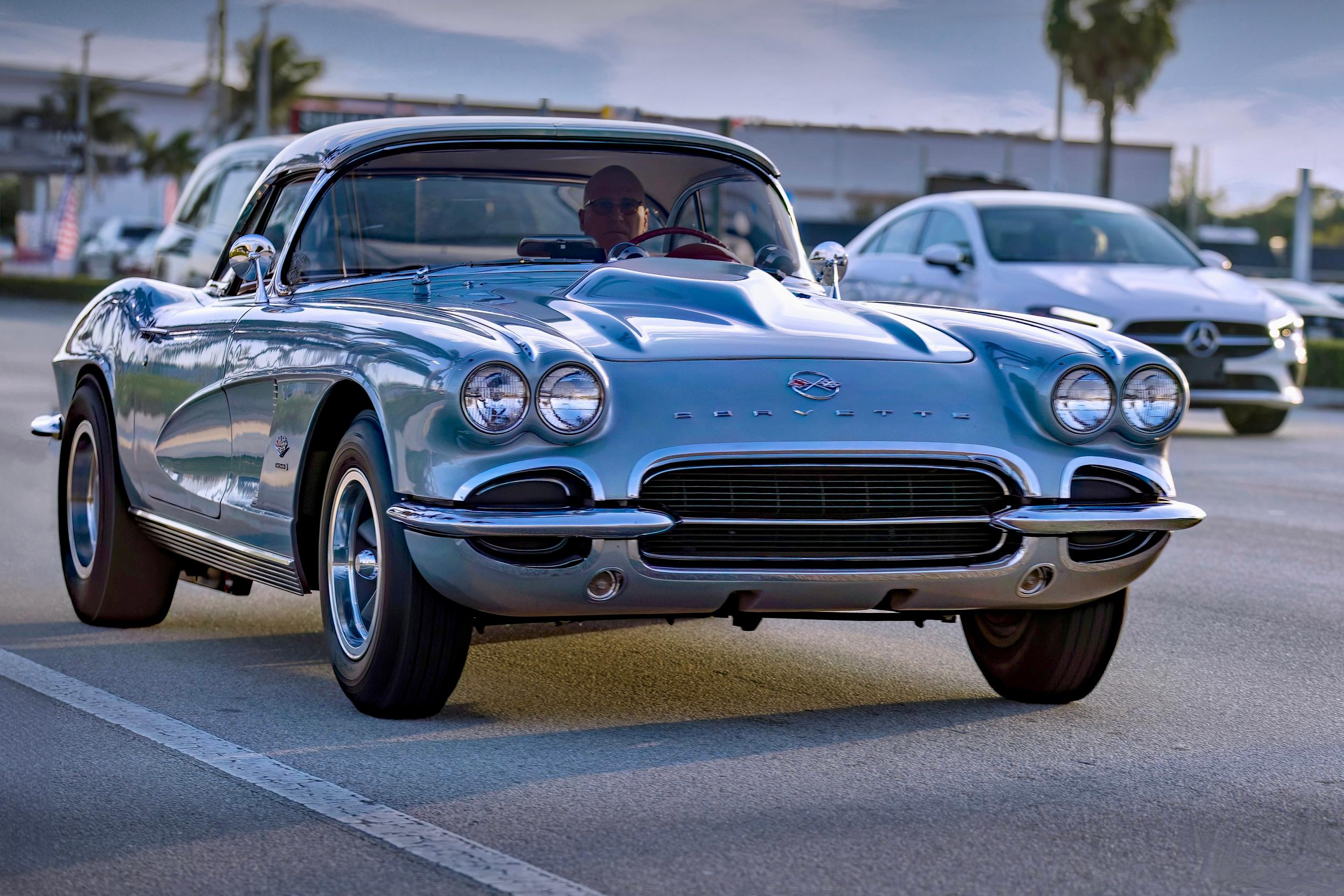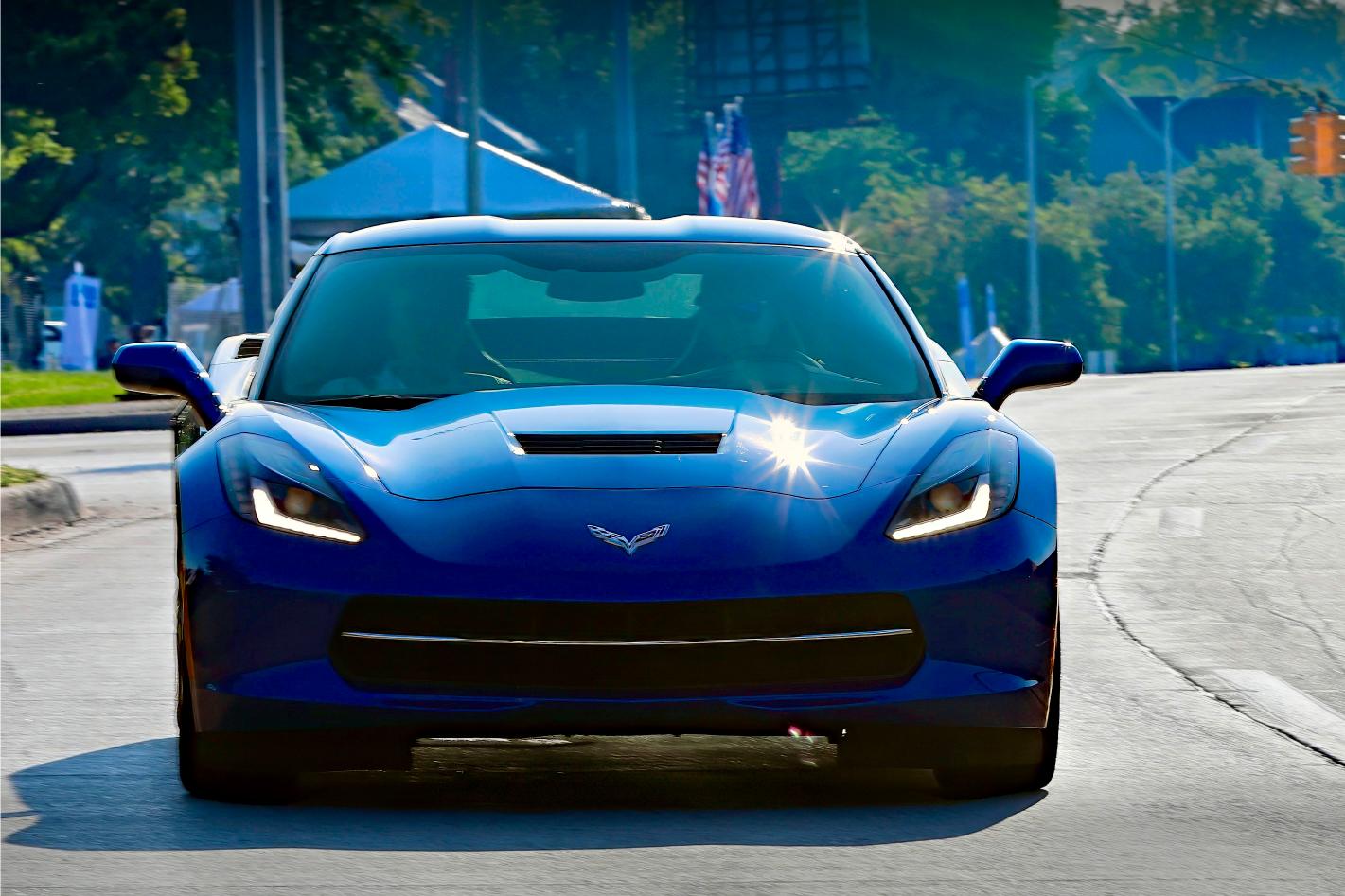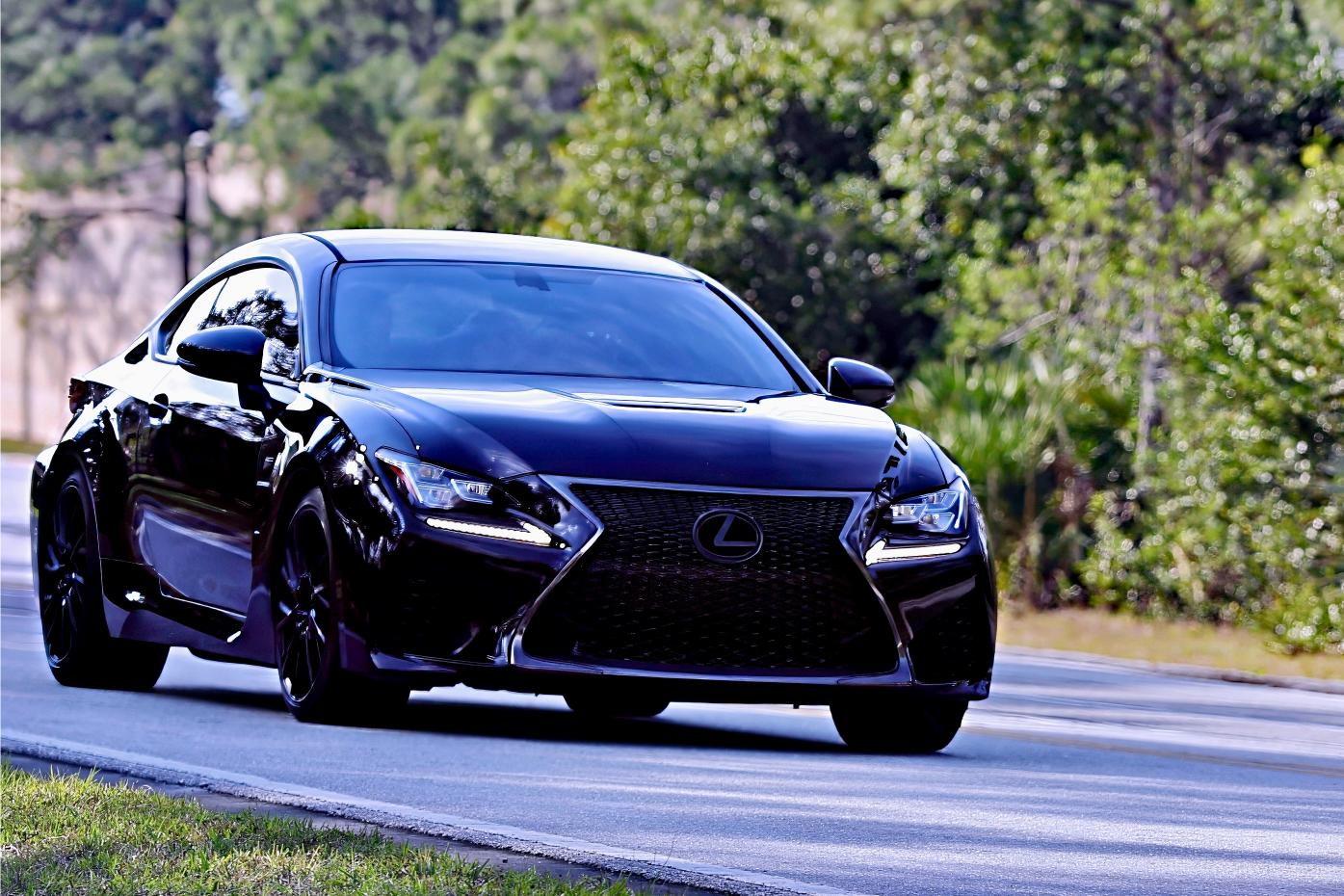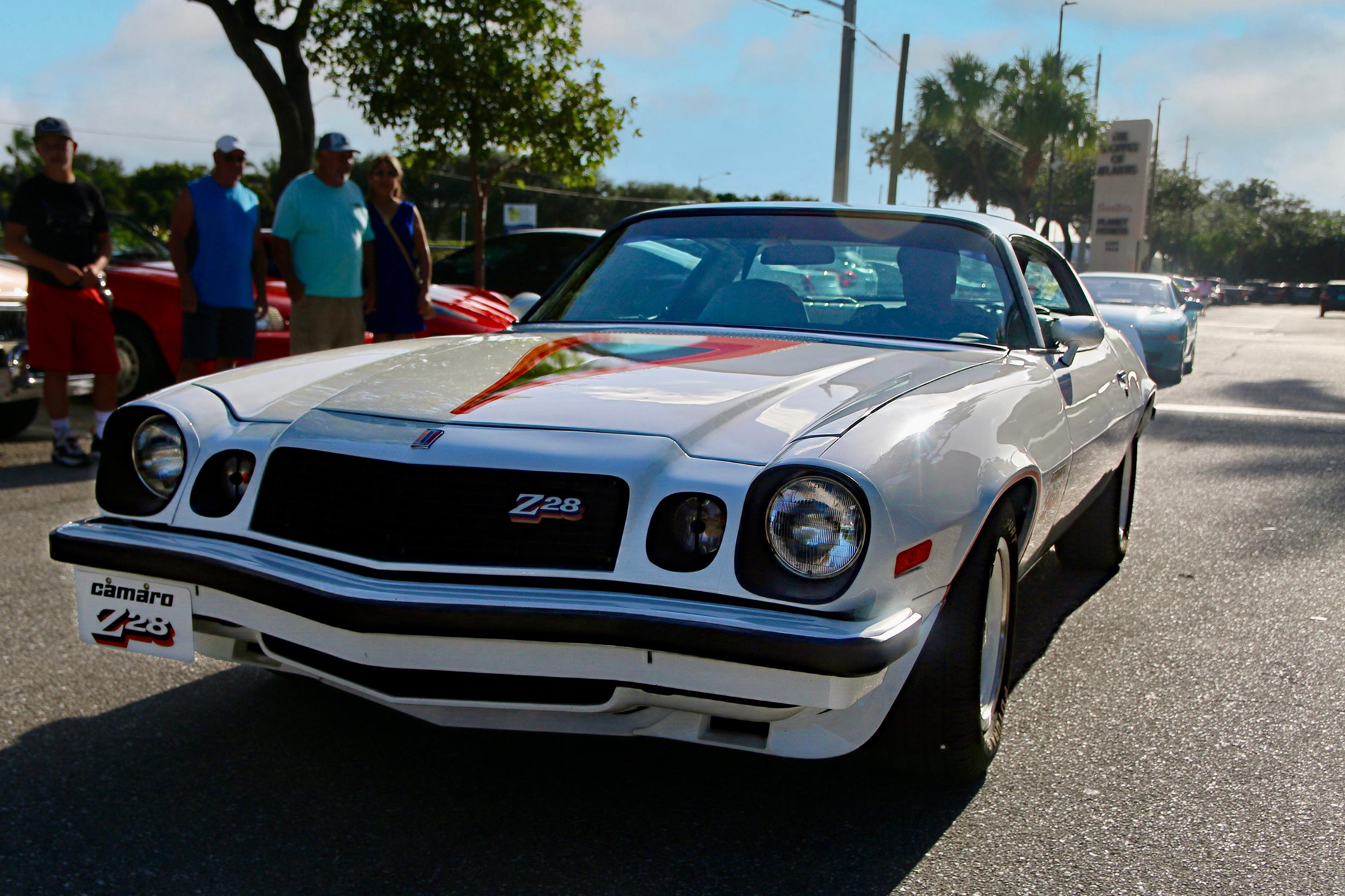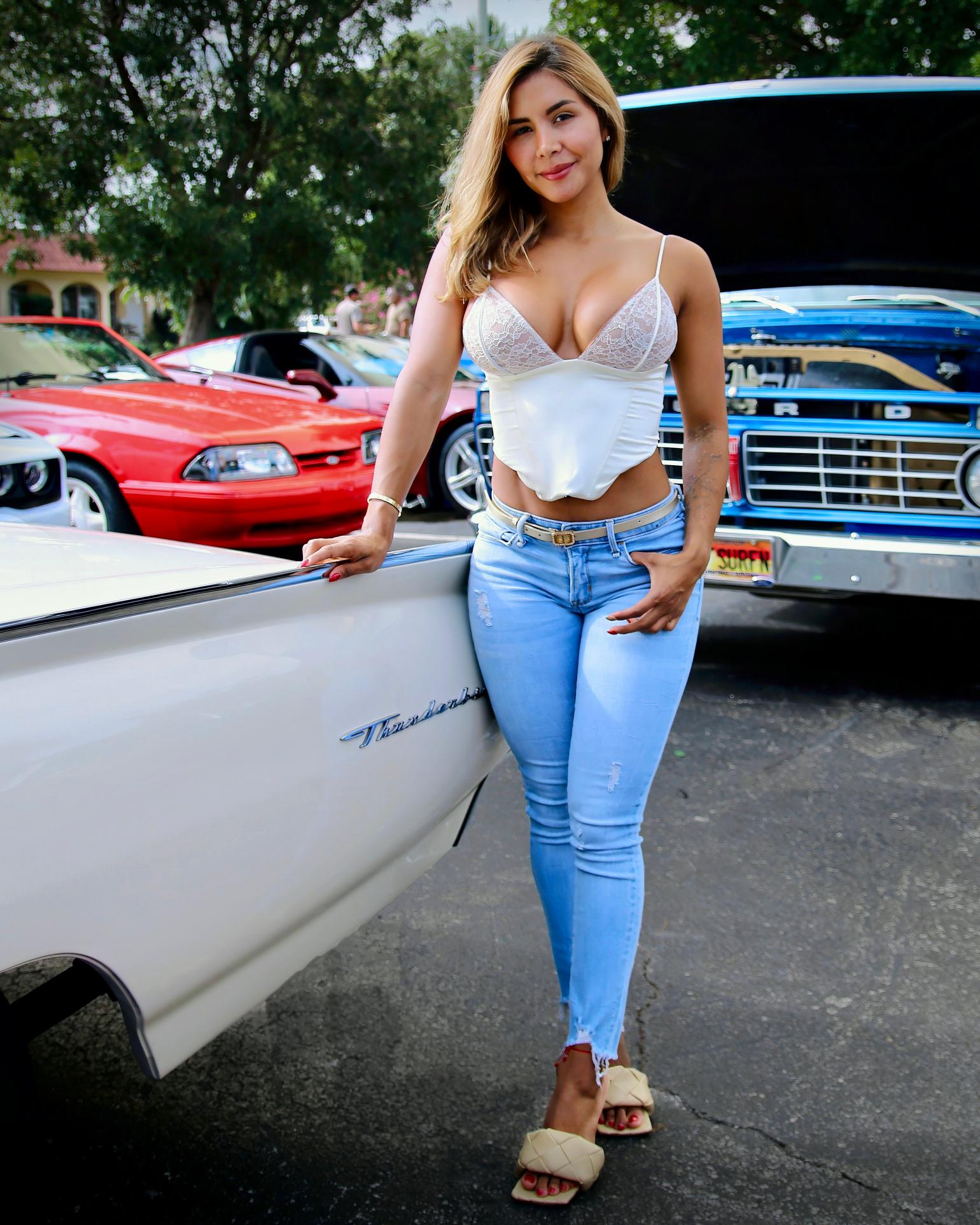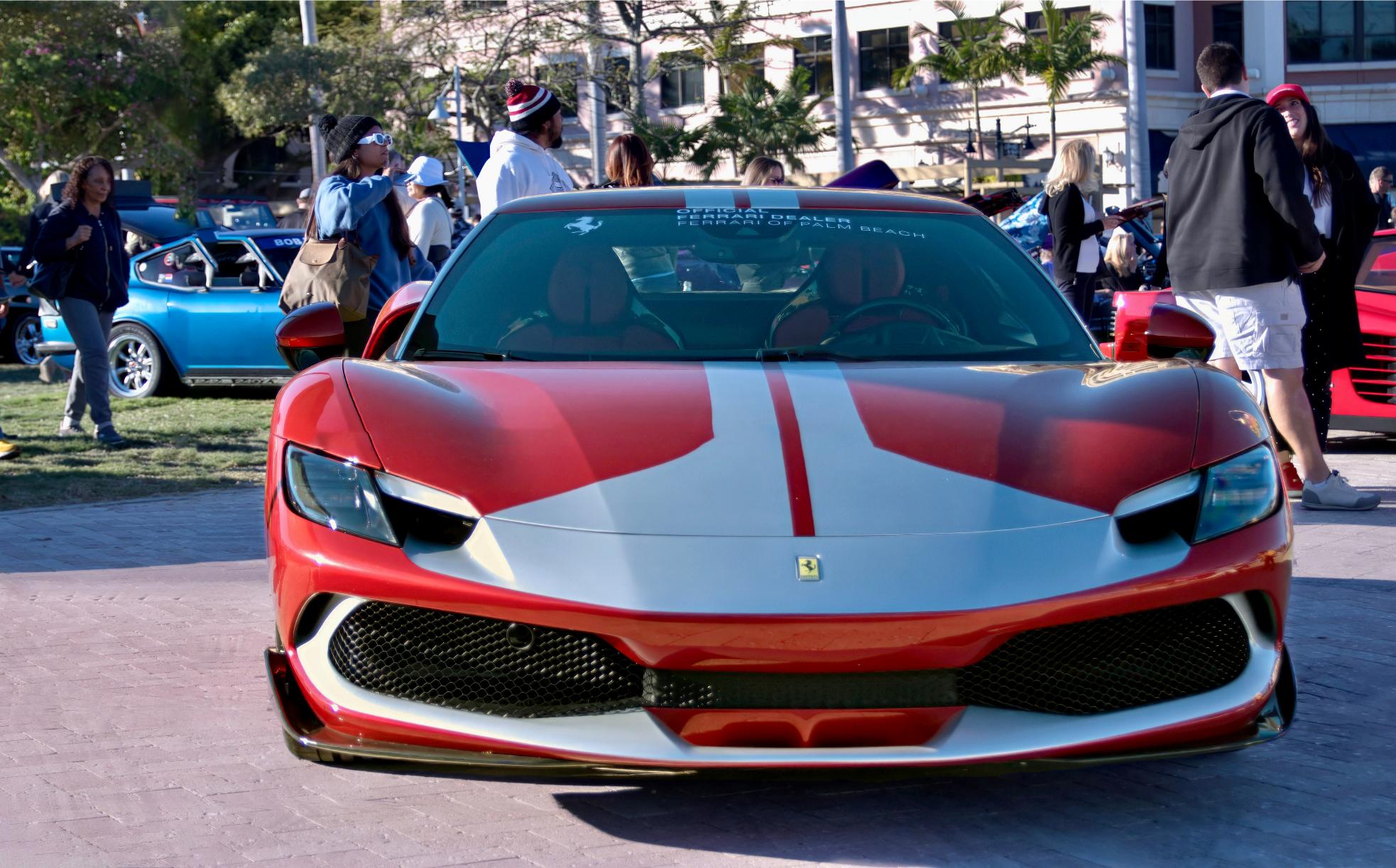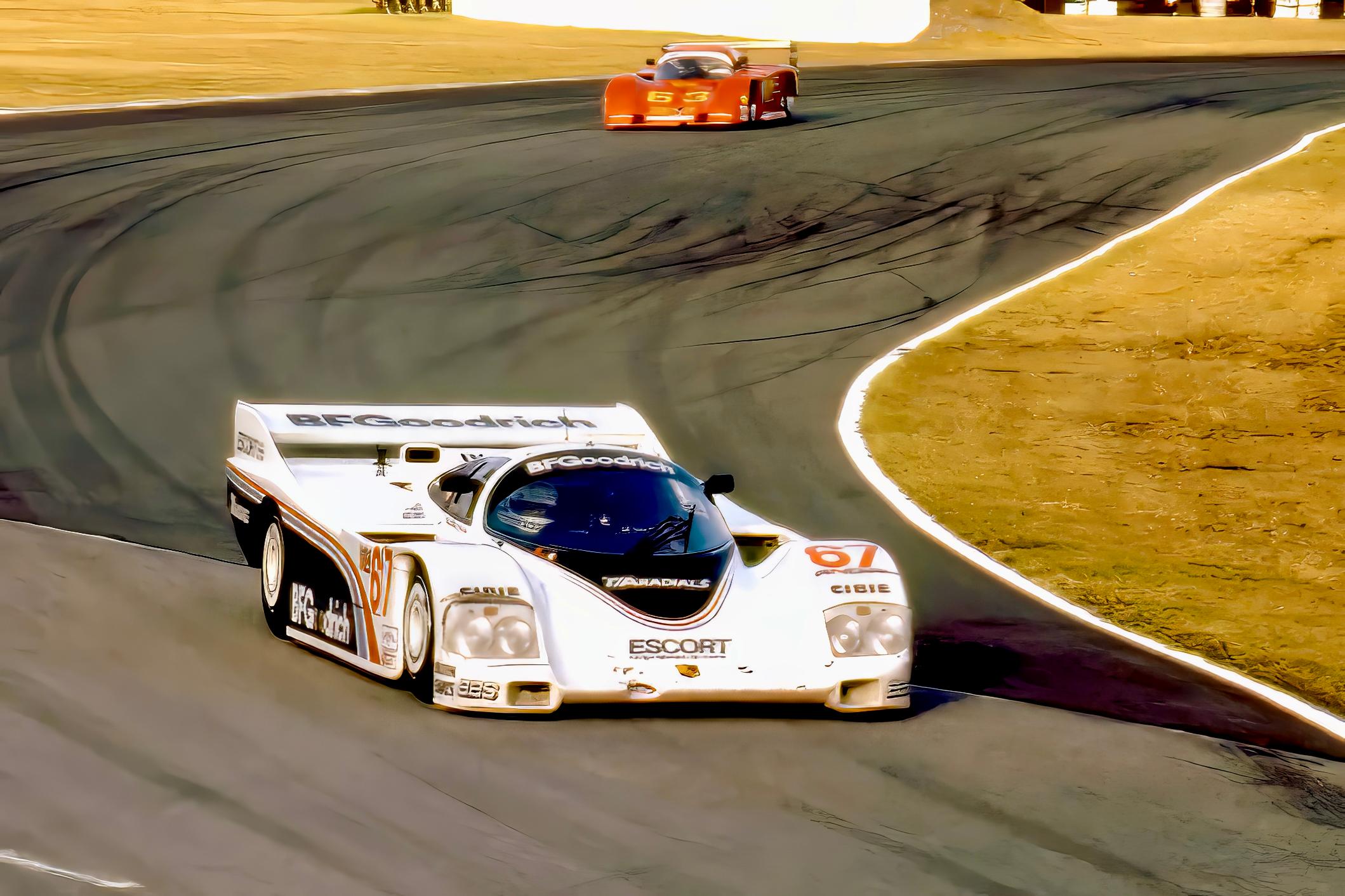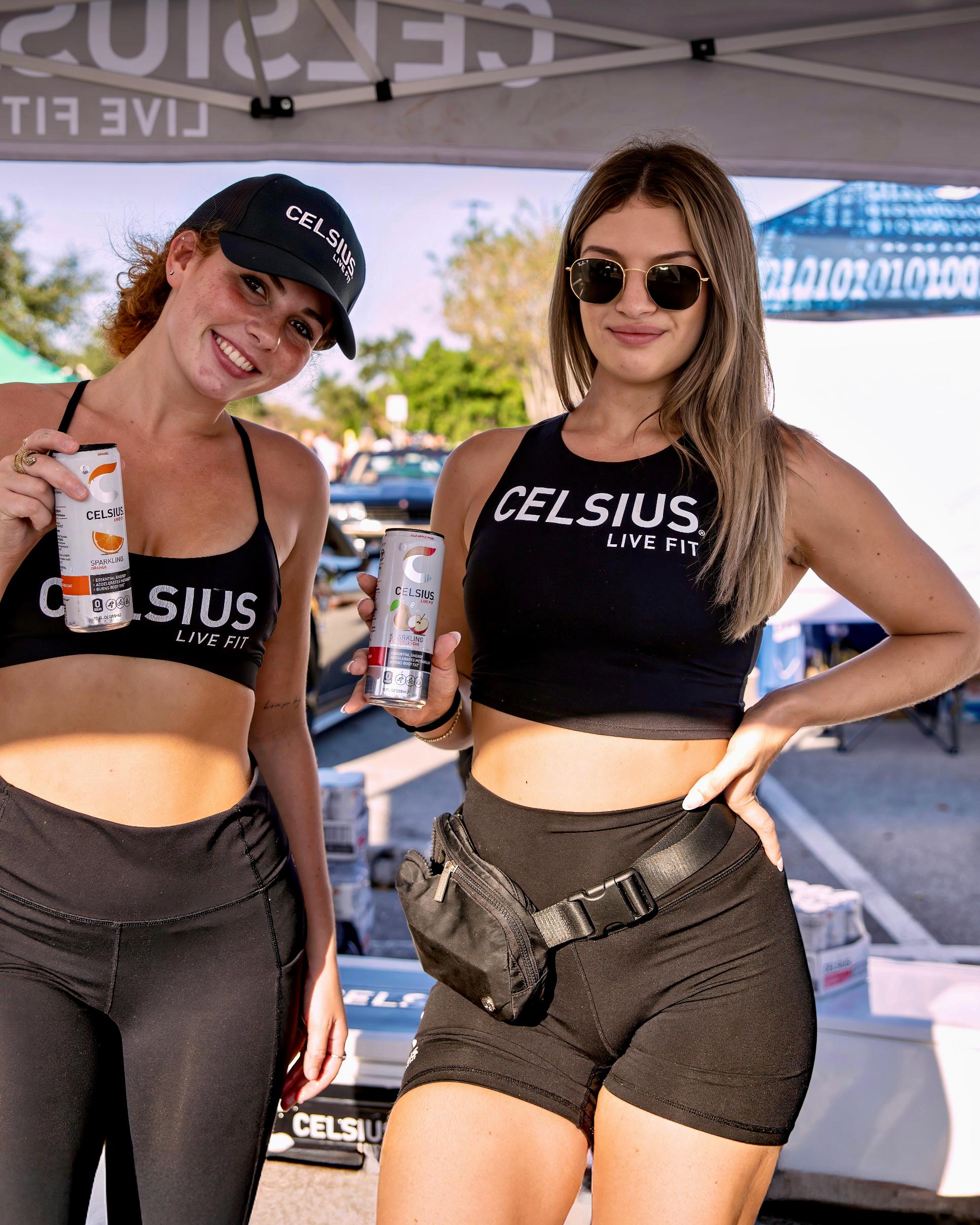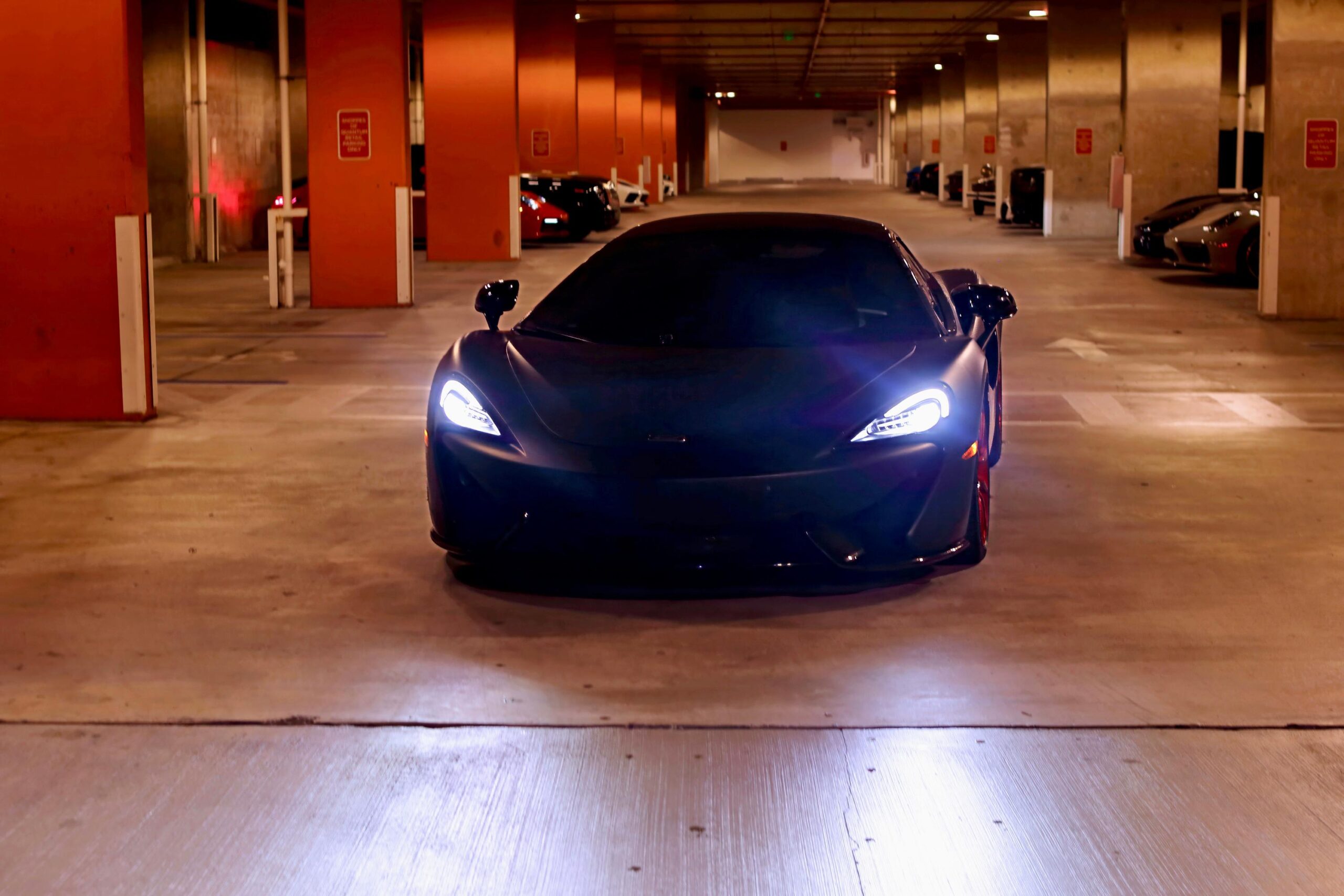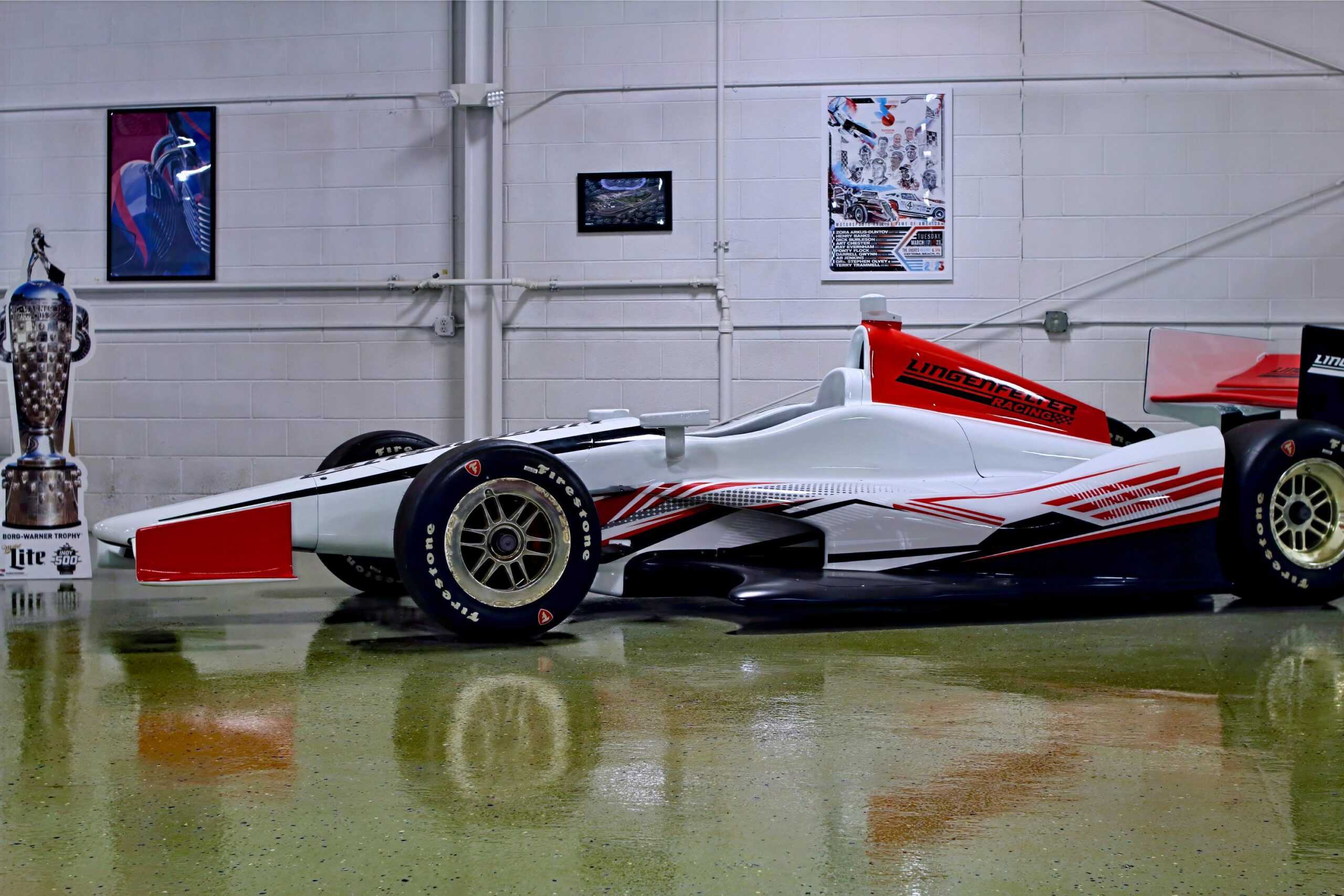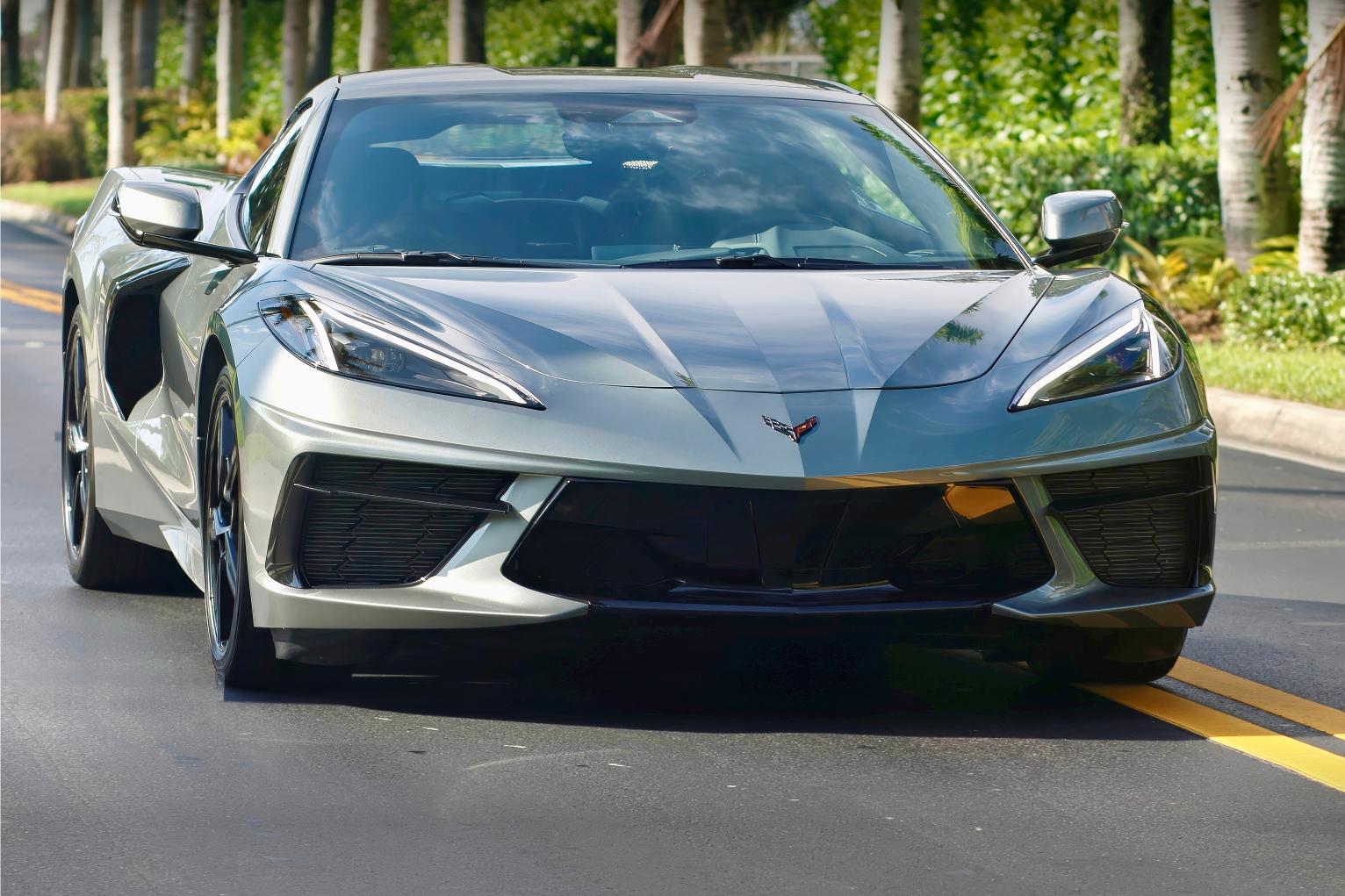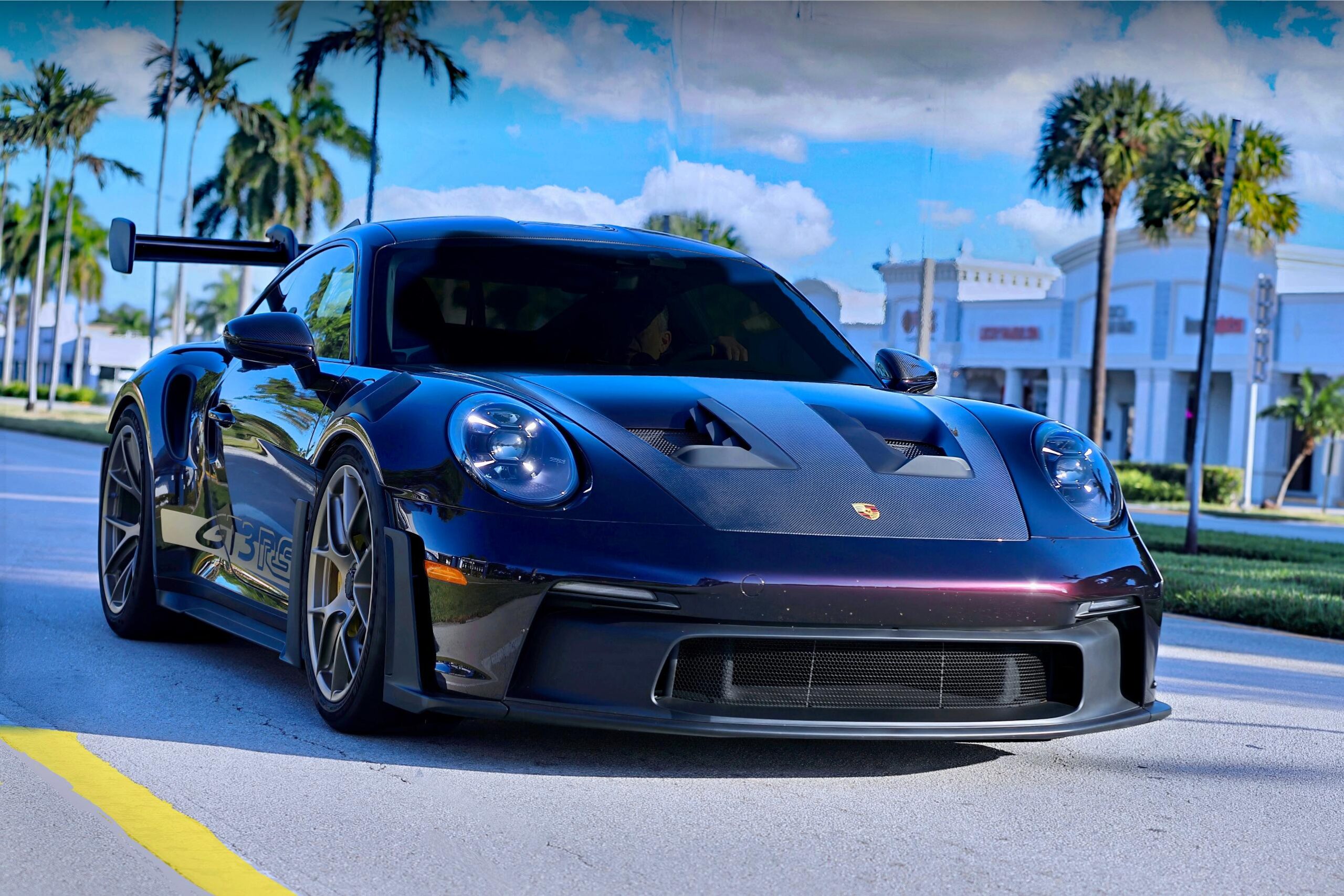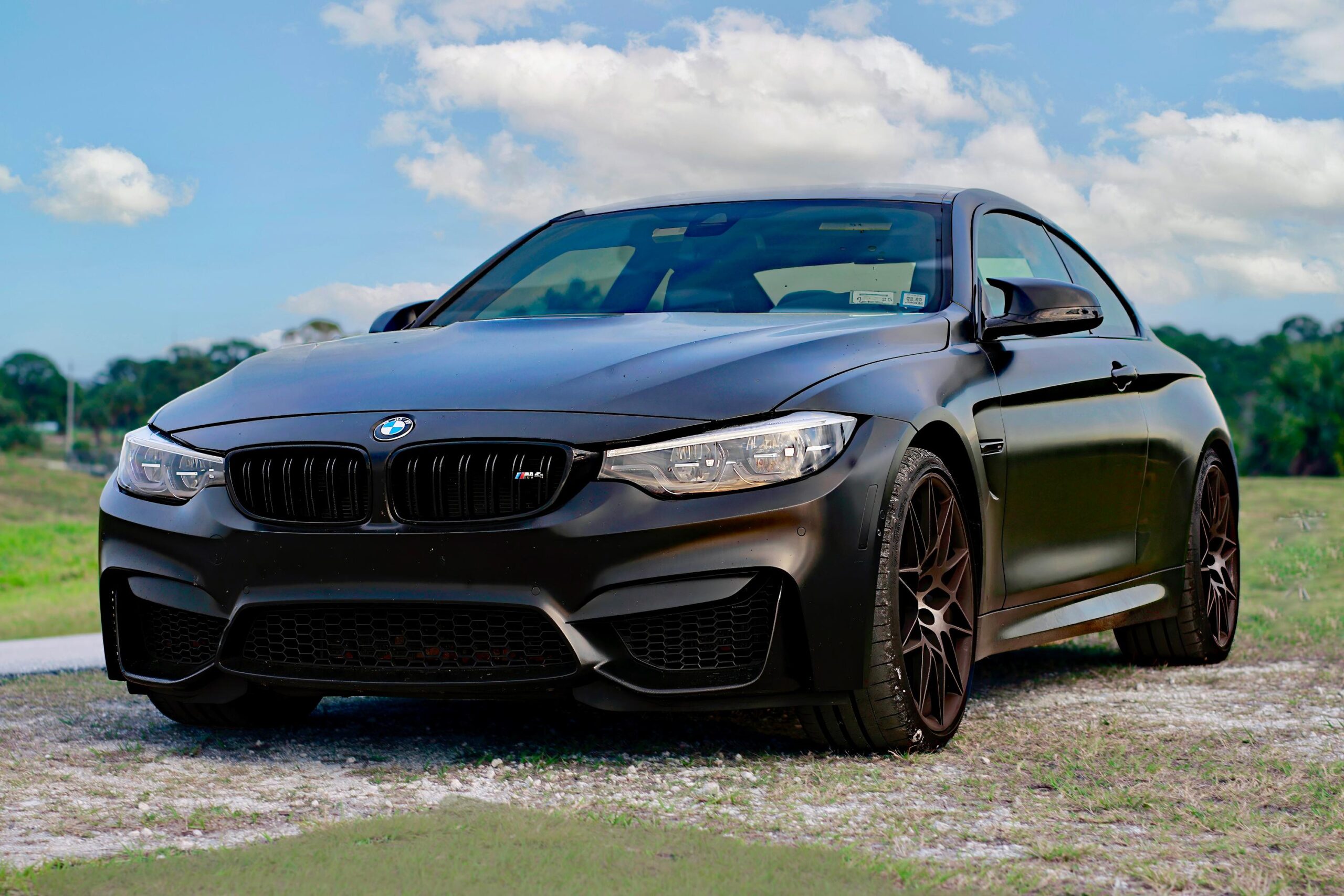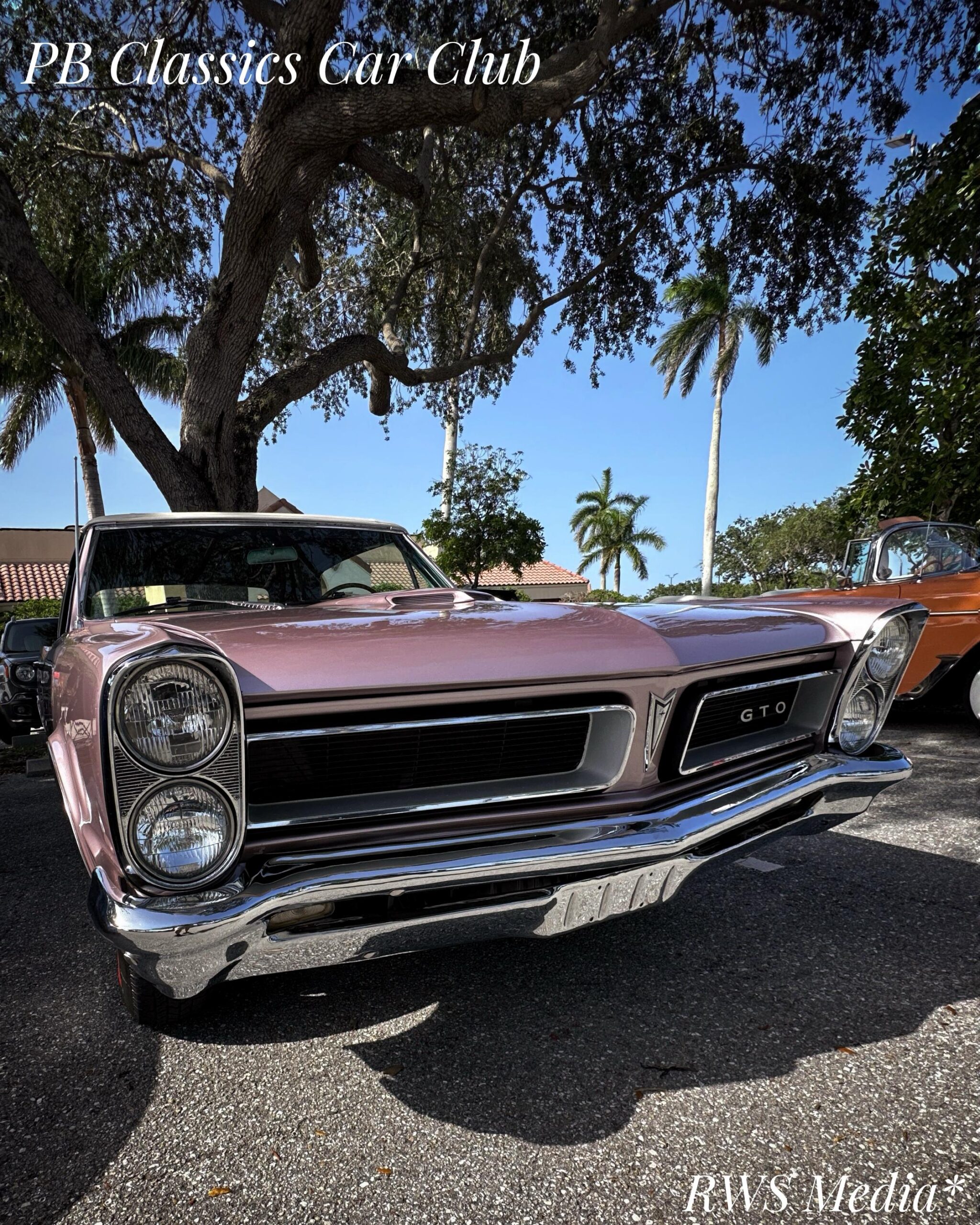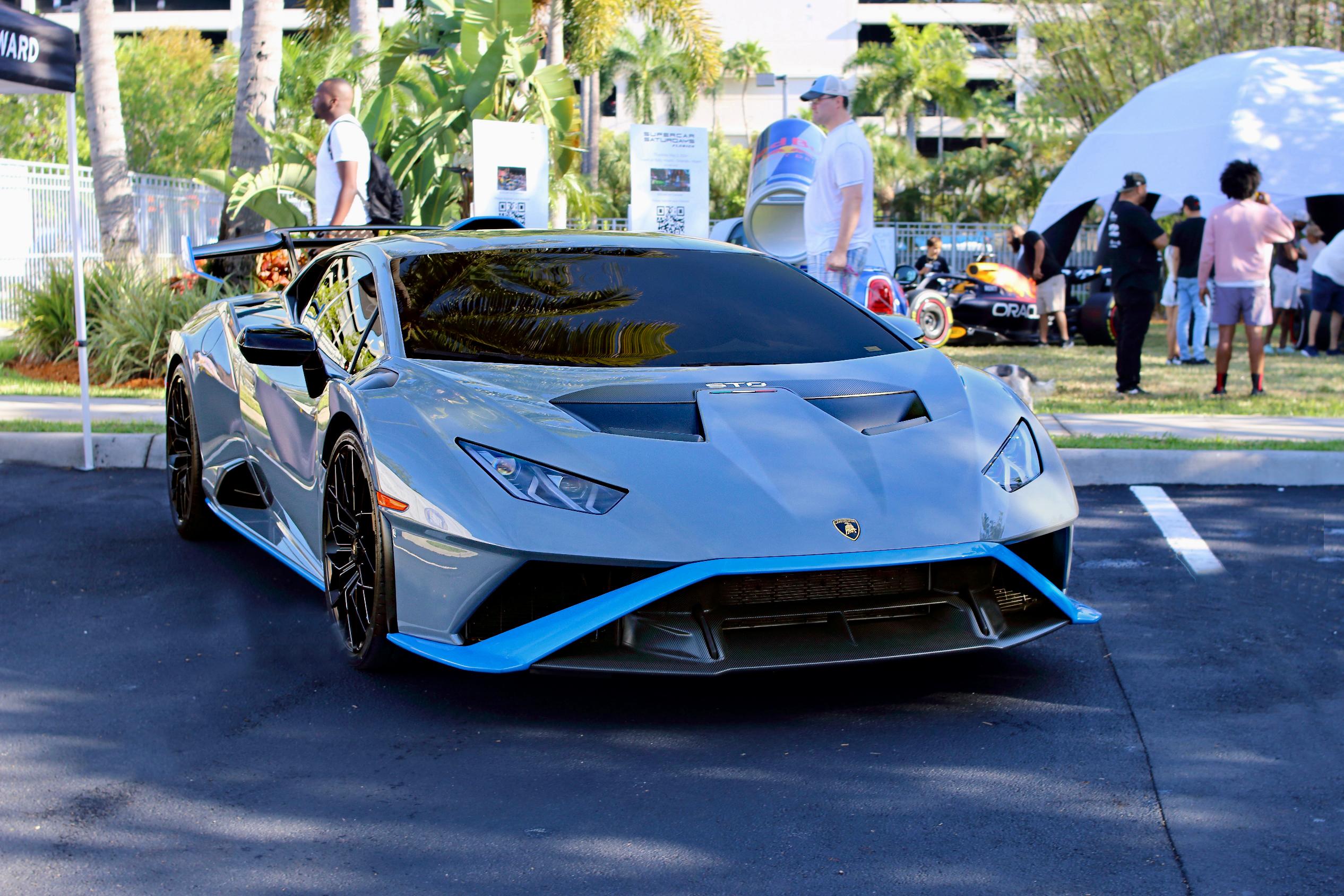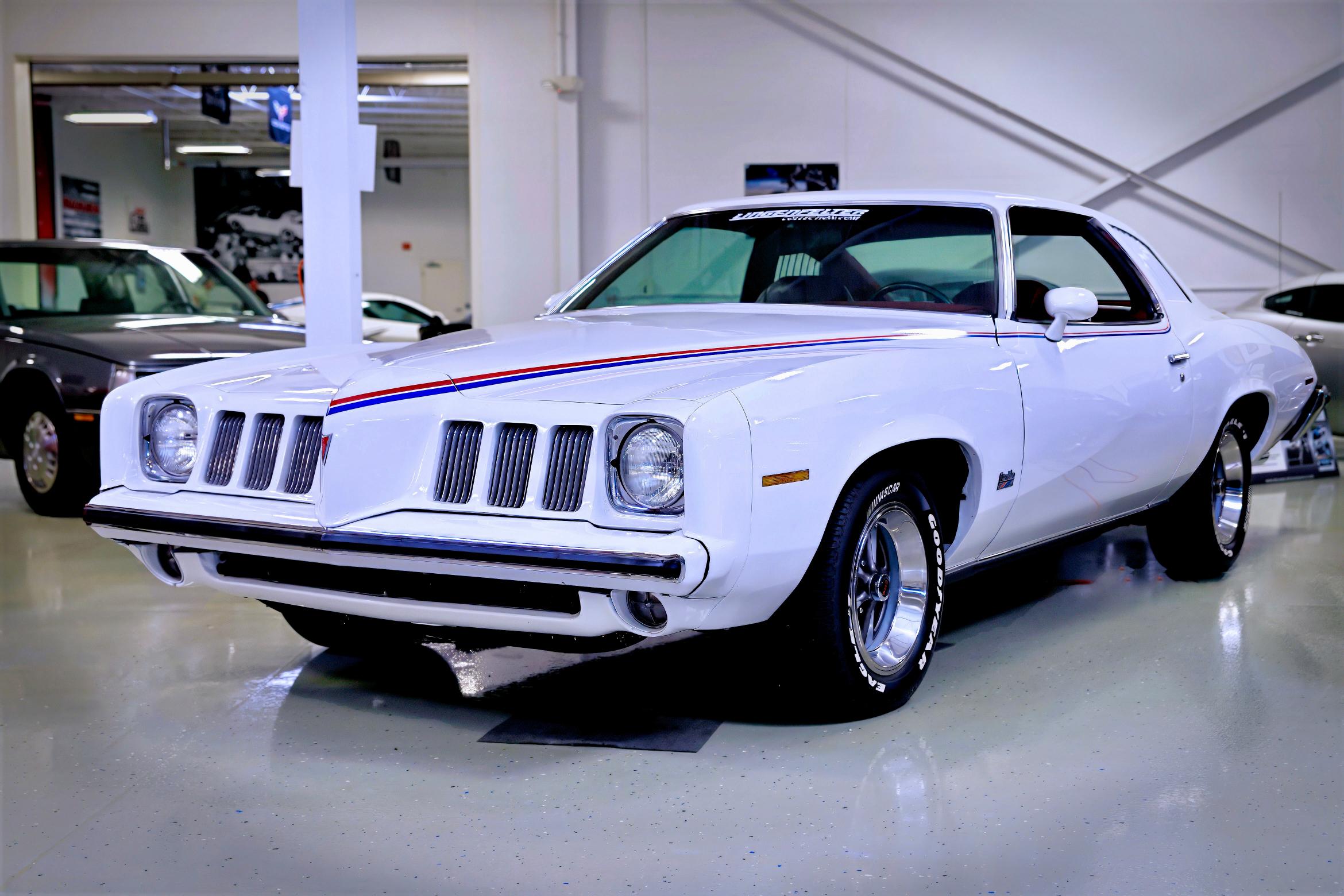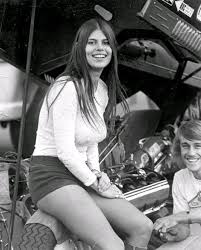 | Jungle Pam Hardy is still alive. She is the iconic figure known as "Jungle Pam" who was the companion, "backup girl," and sidekick of the legendary Funny Car drag racer, "Jungle" Jim Liberman, in the 1970s.
Here are a few key facts: "Jungle" Jim Liberman's Death: "Jungle" Jim Liberman tragically died in an off-track car accident in 1977.
Jungle Pam Today: Pam Hardy stepped away from the drag racing scene after Liberman's death, but she has continued to keep his memory alive and occasionally makes public appearances at major drag racing events and conventions.
Recent Activity: Reports and interviews confirm her presence at events as recently as 2024 (e.g., the Gatornationals).
"Jungle Pam" Hardy's birth year is cited as 1957 in one source and 1954 in another. |
Restore Your Classic Car The "best way" depends entirely on your **budget, goals, and skill level. Here is a breakdown of the process and key considerations for restoring an old car.
1. Defining Your Restoration Goal (The "Level") Before turning a single wrench, you must decide what kind of restoration you want. This choice dictates the time and cost involved: Frame-Off (Nut-and-Bolt) The *gold standard*. The body is separated from the frame, and every single component is stripped, repaired, and restored to factory-new or better condition. Cars with significant rust/structural damage, or vehicles intended for show car status (Concours).
Frame-On Focuses on cosmetic and major mechanical systems *without* removing the body from the frame. The focus is on the visible parts and drivability. Cars in relatively good condition that you plan to drive and enjoy, or for a more modest budget.
Resto-Mod A full restoration that incorporates modern components (engine, brakes, suspension, A/C) for improved performance and reliability. Enthusiasts who want the classic look with modern performance and comfort.
2. The Step-by-Step Restoration Process.Regardless of the type, the process follows a methodical path. Documentation (photos, labels, notes) is the single most important tool at every stage. Phase 1: Planning & Disassembly: 1. Research and Plan; Determine the original specifications (colors, options) of your car. Set a realistic budget and timeline (most experts advise doubling your initial estimate for both).
2. Initial Assessment: Thoroughly inspect the vehicle for rust, structural damage, and mechanical issues. This dictates the true scope of work.
3. Systematic Disassembly: Carefully take the car apart. Use labeled zip-top bags for small parts (bolts, clips) and take hundreds of photos of how components (especially wiring) fit together. | Phase 2: Structural & Mechanical 1. Frame/Chassis Restoration: Crucial for frame-off restorations. Strip the frame to bare metal, inspect for damage, repair or reinforce, and apply a rust preventative coating.
2. Rust and Metalwork: This is where the bulk of the hard work happens. Cut out rusted sections and weld in new metal panels. Use body hammers, dollies, and body filler to correct dents and align panels.
3. Engine & Drivetrain: Rebuild or replace the engine, transmission, and differential. This includes replacing worn-out parts, gaskets, and seals to ensure peak performance.
4. Suspension & Brakes: Overhaul or replace all suspension components, including shocks, bushings, and springs. Upgrade or fully rebuild the braking system for safety.
Phase 3: Finishing & Reassembly 1. Body Preparation & Paint: Strip the body to bare metal. After all metal and filler work is done, apply primer, block-sand repeatedly for a perfectly smooth surface, and apply multiple coats of color (basecoat) and clearcoat. A quality paint job is one of the biggest restoration expenses.
2. Interior Restoration: Reupholster the seats, replace the carpet and headliner, and restore the dashboard.
3. Wiring and Electrical: Install new or restored wiring harnesses. This is a common challenge in old cars.
4. Reassembly & Detailing: Put all the restored components back together, referring heavily to your documentation. Install exterior trim, glass, and lights.
5. Testing and Tuning: Once assembled, fire up the engine and perform test drives to fine-tune the carburetor, timing, brakes, and other systems. |

























